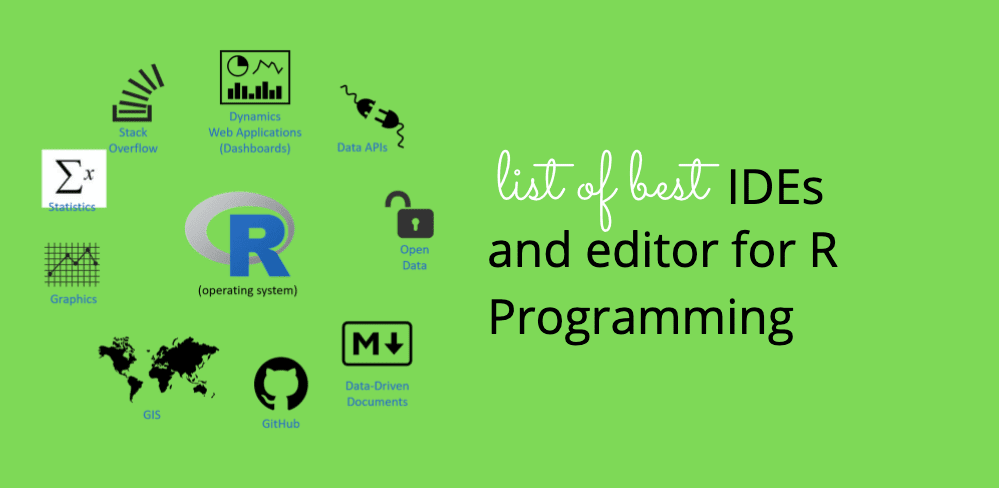
It allows one to create and share the documents with equations, visualization and most importantly live codes.It can support up to 40 languages, and it includes languages popular for data science such as Python, R, Scala, Julia, etc.Some of its key features are the following: Jupyter constitutes of three components-notebook web applications, kernels, and notebook documents. IPython itself is focused on interactive Python, part of which is providing a Python kernel for Jupyter.” have moved to new projects under the name Jupyter. As of IPython 4.0, the language-agnostic parts of the project: the notebook format, message protocol, qtconsole, notebook web application, etc. IPython Notebook says that “IPython 3.x was the last monolithic release of IPython. Project Jupyter started as a derivative of IPython in 2014 to support scientific computing and interactive data science across all programming languages. Here is a list of some Python IDEs with their features to help you decide a suitable IDE for your machine learning problem. Text editors are not enough for building large systems which require integrating modules and libraries and a good IDE is required. It is open source and is used for web and Internet development (with frameworks such as Django, Flask, etc.), scientific and numeric computing (with the help of libraries such as NumPy, SciPy, etc.), software development, and much more. In general, an IDE consists of an editor, a compiler (or interpreter), and a debugger which can be accessed through a graphic user interface(GUI).Īccording to Wikipedia, “Python is a widely used high-level, general-purpose, interpreted, dynamic programming language.” Python is a fairly old and a very popular language.

An integrated development environment is an application which provides programmers and developers with basic tools to write and test software.


 0 kommentar(er)
0 kommentar(er)
